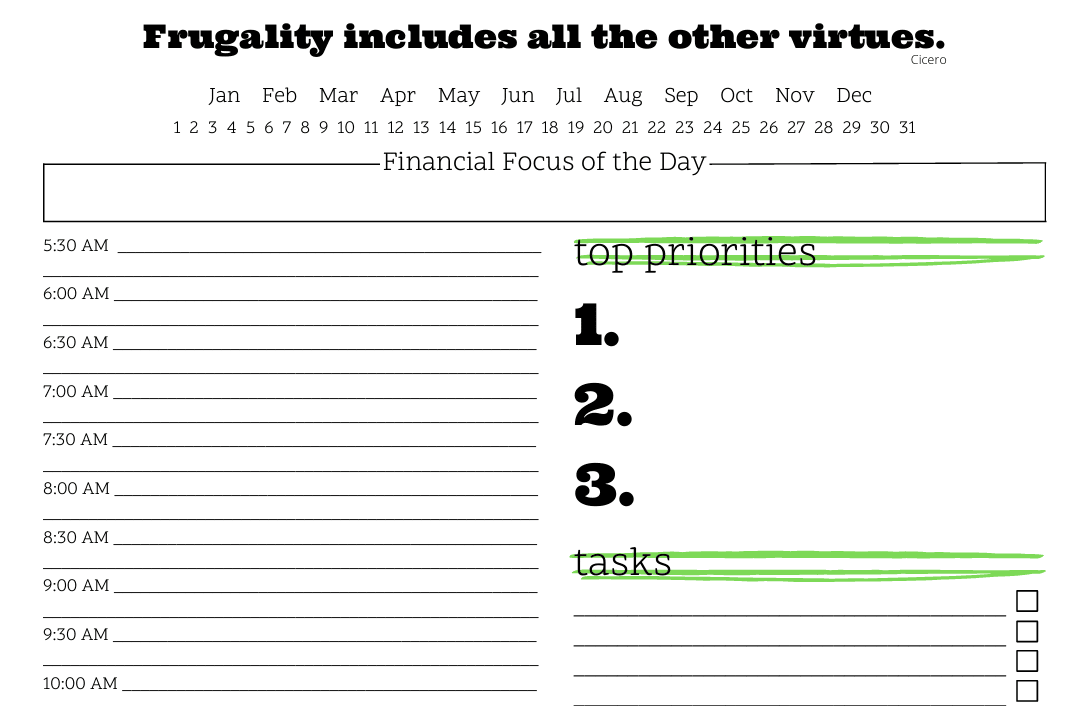This article may contain references to products or services from one or more of our advertisers or partners. We may receive compensation when you click on links to those products or services. Nonetheless, our opinions are our own.
The information presented in this article is accurate to the best of our knowledge at the time of publication. However, information is subject to change, and no guarantees are made about the continued accuracy or completeness of this content after its publication date.
- Comparing the Best Annuity Rates for Retirement Income
- What Influences Annuity Rates?
- Fixed vs. Variable Annuities
- How to Identify Competitive Annuity Rates
- Strategic Timing
- Current Trends in Annuity Products
- A Diversified Income Approach
- Common Misconceptions About Annuity Rates
- Should They Influence Your Decision?
- Tax Considerations for Higher Yield Annuities
- Where Are Annuity Rates Headed?
- Conclusion
- Frequently Asked Questions
- Recommended Reads
Comparing the Best Annuity Rates for Retirement Income
Choosing the most advantageous annuity rate can significantly impact long-term financial outcomes, especially for individuals planning for retirement. With a wide range of annuity products available, each is designed to meet varying risk profiles and income needs. It’s important to know how different offerings compare in terms of rate structure, growth potential, and payout options. This outlines competitive annuity rate trends, explains how rates are determined, and presents useful strategies for evaluating which annuity structure may align best with financial goals.
What Influences Annuity Rates?
Annuity rates are determined by a combination of economic indicators, individual profile factors, and product-specific features. These rates shape the future income stream from a contract and reflect the insurer’s expected return on investment.
Primary Factors Affecting Rates:
- Prevailing Interest Rates: Rates offered by insurers tend to increase when central bank rates rise, as providers base yields on their bond market returns.
- Insurer Portfolio Performance: Insurance companies invest collected premiums into diversified portfolios. When returns are strong, more generous annuity rates may follow.
- Type of Annuity Product: Fixed, variable, and indexed annuities calculate growth and payout structures differently. Fixed annuities offer guaranteed rates, while variable options fluctuate with market performance.
- Policyholder Age and Gender: Life expectancy is a foundational element in rate calculations. Older buyers typically receive higher payouts due to shorter anticipated payout periods.
- Duration and Payout Terms: Single premium immediate annuities offer different rates compared to multi-year guaranteed annuities or deferred options. Shorter payout periods generally result in more favorable rates.
Fixed vs. Variable Annuities
Before selecting an annuity, it’s helpful to distinguish between two of the most commonly purchased types.
Fixed Annuities
These offer a guaranteed return over the contract term. Payments remain consistent, making them suitable for those prioritizing predictable income. Because of their stability, fixed annuities are frequently favored by retirees who want a low-risk supplement to other retirement assets.
Variable Annuities
These provide returns based on the performance of underlying investment sub-accounts, which may include equities and bonds. Though variable annuities introduce greater risk, they can offer higher potential growth and may include riders that guarantee income regardless of market behavior.
How to Identify Competitive Annuity Rates

With insurers offering varying structures and promotions, comparing products requires more than a glance at yield percentages.
Evaluation Tips:
- Compare offerings from multiple reputable providers.
- Pay attention to fees, especially for variable annuities or those with additional riders.
- Look at current promotional offers. Some companies provide temporary rate boosts for initial contributions.
- Assess the financial strength of the insurer via independent rating agencies.
- Consider how long you intend to hold the contract, as longer terms often provide higher rates but may come with surrender penalties.
Strategic Timing
Annuity rates typically improve as individuals age. Insurance companies price payouts based on actuarial tables, which assume shorter payment durations for older clients.
Age-Related Rate Impacts:
- Those purchasing annuities after age 65 generally receive higher income rates.
- Younger buyers receive lower payouts since insurers assume longer life expectancies.
- Some providers offer improved terms to individuals with health conditions affecting longevity.
Voted "Best Overall Budgeting App" by Forbes and WSJ
Monarch Money helps you budget, track spending, set goals, and plan your financial future—all in one app.
Get 50% OFF your first year with code MONARCHVIP
Current Trends in Annuity Products
Several market shifts are shaping how insurers structure annuity offerings in 2024 and beyond.
Market Developments:
- Higher Fixed Rates: Recent rate hikes have prompted insurers to offer increasingly attractive fixed annuity yields, particularly in MYGAs.
- Indexed Annuities Gaining Popularity: These provide returns linked to market indices while protecting principal. Their appeal has grown due to rising market volatility.
- Simplified Product Structures: More insurers are offering straightforward annuities without layered fees or complex riders, making evaluation easier.
- Lifetime Income Riders in Demand: Retirement-focused buyers continue to show strong interest in features that guarantee income for life.
A Diversified Income Approach
Laddering annuities, like purchasing multiple contracts with staggered terms, can help manage interest rate exposure and liquidity needs.
Benefits of Laddering:
- Spreads investment risk across time and product types.
- Allows reinvestment into newer annuities when earlier ones mature, potentially capturing higher rates.
- Offers regular access to income or capital at scheduled intervals.
Common Misconceptions About Annuity Rates
There are still a lot of myths about annuity rates and how flexible they are. Making these clearer can help people make better choices.
Examples of Misconceptions:
- Myth: All annuities have poor returns: In reality, fixed indexed and multi-year guaranteed annuities can offer returns that outperform many bank products.
- Myth: High fees are unavoidable: Not all annuities carry excessive fees. Fixed products often have minimal charges if surrender periods are respected.
- Myth: No flexibility once purchased: Many modern annuities allow partial withdrawals and offer options like death benefits for beneficiaries.
Should They Influence Your Decision?
Some insurers provide bonus interest or enhanced income for choosing specific terms or products. While these offers can be beneficial, they must be reviewed carefully.
Considerations When Evaluating Bonuses:
- Review the required holding period and any surrender charges tied to bonus eligibility.
- Consider whether the bonus genuinely improves total return after accounting for all fees.
- Evaluate whether the underlying rate is competitive without the bonus.
Tax Considerations for Higher Yield Annuities
While annuities grow tax-deferred, withdrawals are taxed as ordinary income. Buyers should factor in how taxation may affect returns, particularly in retirement.
Important Tax Points:
- Only earnings (not principal) are taxed upon withdrawal.
- Early withdrawals before age 59½ may incur a 10% penalty.
- Lump-sum distributions could increase total taxable income in a given year.
Consulting a financial or tax advisor can help with timing withdrawals and minimizing tax liability.
Where Are Annuity Rates Headed?
As economic conditions evolve, so will annuity pricing structures. Rates are sensitive to central bank decisions, inflation expectations, and investor demand for stable income products.
Potential Shifts in the Coming Years:
- Modest rate increases could persist if inflation remains above target levels.
- An aging population may continue to drive demand for lifetime income solutions.
- New product innovations may offer more personalized income planning tools.
Remaining informed about macroeconomic conditions and product innovations will help consumers adjust strategies to suit long-term needs.
Conclusion
Annuities are still a great way to make sure you have enough money to live on in retirement, but the value of the annuity depends a lot on the rates and structures you choose. Retirees can better match their annuity choices with their long-term goals if they know how factors like the economy, their age, the type of product, and the terms of the contract affect payouts. You can tell the difference between a small supplement and a steady income stream by comparing different providers, looking at strategies like laddering, and checking the financial strength of insurers. The best annuity rate isn’t just the highest percentage; it’s the one that gives you the right mix of stability, growth potential, and flexibility to meet your retirement needs. Keeping up with changes in the market and new products will help you change your strategy and build the income base you need to be financially secure in retirement.
Frequently Asked Questions
What factors most influence the annuity rates offered for retirement income?
Annuity rates are primarily influenced by prevailing interest rates, the insurer’s investment portfolio performance, the type of annuity product (fixed, variable, or indexed), the policyholder’s age and gender, and the duration or payout terms of the contract. For example, older buyers generally receive higher rates due to shorter expected payout periods, while rising central bank rates tend to boost annuity yields. Additionally, fixed annuities provide guaranteed rates, whereas variable annuities’ rates fluctuate with market performance.
How do fixed and variable annuities differ in terms of rates and income stability?
Fixed annuities offer guaranteed, steady rates and predictable payments, making them ideal for retirees seeking stable, low-risk income. In contrast, variable annuities have rates linked to the performance of investment sub-accounts, which can lead to higher potential returns but also greater risk. Variable annuities may include riders that guarantee minimum income regardless of market fluctuations. Choosing between these depends on one’s risk tolerance and income goals.
What strategies can help consumers identify the most competitive annuity rates?
To find competitive annuity rates, consumers should compare offers from multiple reputable insurers, consider product fees (especially for variable annuities), and evaluate current promotional rate boosts. Checking the insurer’s financial strength through rating agencies is important. Strategic timing, such as purchasing at an older age, can improve rates. Additionally, using a laddering approach by buying multiple annuities with staggered terms can diversify income streams and optimize returns over time.

Reviewed and edited by Albert Fang.
See a typo or want to suggest an edit/revision to the content? Use the contact us form to provide feedback.
At FangWallet, we value editorial integrity and open collaboration in curating quality content for readers to enjoy. Much appreciated for the assist.
Did you like our article and find it insightful? We encourage sharing the article link with family and friends to benefit as well - better yet, sharing on social media. Thank you for the support! 🍉
Article Title: Best Annuity Rates for Retirement
https://fangwallet.com/2025/10/01/best-annuity-rates-for-retirement/The FangWallet Promise
FangWallet is an editorially independent resource - founded on breaking down challenging financial concepts for anyone to understand since 2014. While we adhere to editorial integrity, note that this post may contain references to products from our partners.
The FangWallet promise is always to have your best interest in mind and be transparent and honest about the financial picture.
Become an Insider

Subscribe to get a free daily budget planner printable to help get your money on track!
Make passive money the right way. No spam.
Editorial Disclaimer: The editorial content on this page is not provided by any of the companies mentioned. The opinions expressed here are the author's alone.
The content of this website is for informational purposes only and does not represent investment advice, or an offer or solicitation to buy or sell any security, investment, or product. Investors are encouraged to do their own due diligence, and, if necessary, consult professional advising before making any investment decisions. Investing involves a high degree of risk, and financial losses may occur including the potential loss of principal.
Source Citation References:
+ Inspo
Bond, T., & Doonan, D. (2020). The growing burden of retirement. National Institute on Retirement Security. Available online: https://www. nirsonline. org/reports/growingburden/(accessed on 30 July 2021).












































